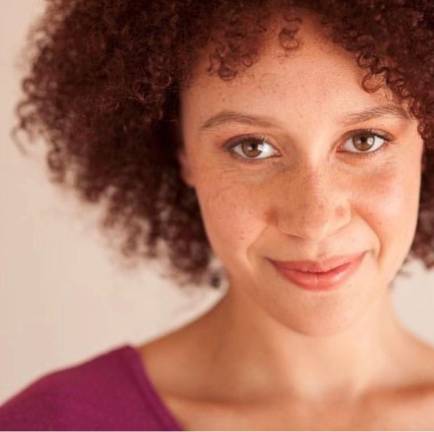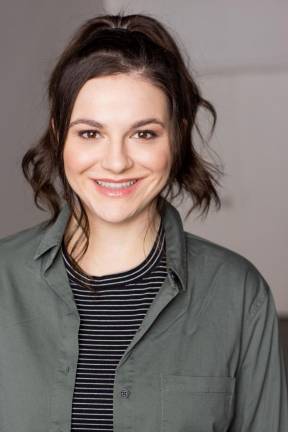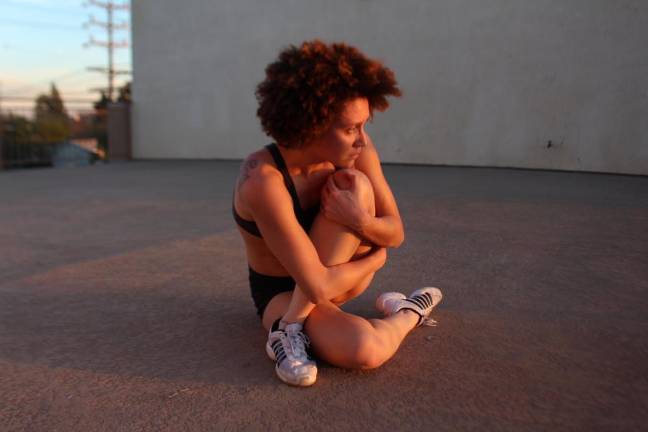When auditioning for a production, Kendall DuPre, a New York-based actress, starts by clearing out her living room so when she films herself the two clothing racks she keeps there are hidden. Then she sets up her ring light and makes sure her hair and makeup are right for the character.
“COVID did a lot of damage to the entertainment industry,” says DePre. She stopped auditioning for stage shows, and now focuses on short films and voice work because she couldn’t make a living off of live theater during the pandemic.
Self-tapes gained popularity as a way for actors to film auditions from home. Though they existed before the pandemic, the need for social distancing and COVID protocols made them a necessity over the past year. But even when COVID becomes a remnant of our collective memory, the art of the pandemic audition will likely live on.
With a self-tape, performers get approximately a week (depending on the production) with the material. In that time they memorize a script, dance or song before filming it and sending it back in.
The people undoubtedly benefiting the most are those producing, not performing. For Aaron Seals, a casting agent at NYCasting, pandemic auditions are business as usual. If anything, self-tapes have helped lower the cost of auditions. “It could cost a good amount to go through a heavy auditioning schedule,” says Seals, referring to production companies hosting auditions.
Self-tapes do have some benefits for performers because, unlike in-person auditions, they give performers an unlimited number of do-overs. Small mistakes like stumbling over a word don’t matter when you can do it again.
DuPre loves having the freedom to create and environment for her audition that will escalate her performance. “One of the most important things an actor has to have is their own sense of agency,” she says. “If you don’t have that you’re just reading lines and that’s not magnetic for the person watching you.”
“Types of Choices”
When director Attilio Rigotti watches auditions he’s not just looking for a good performance, he is looking for something special in a person. Seeing a performer’s home set up “allows you to see other types of choices that people make,” says Rigotti. “Whether that’s framing, where they look in the camera, how they position the camera, what are they wearing.” He believes it can reshape the perception of an audition.
Each genre of performance has a unique set of challenges when it comes to at-home auditions. Eryn Barnes, a New York-based dancer, has been struggling with auditions. Unsurprisingly, New York apartments are not conducive to professional dancing. “It’s been kind of shit,” Barnes says describing the COVID audition process.
When Barnes is required to film a self-tape she needs to rent out a studio. Along with the cost, which can range anywhere from $30-$150 an hour, booking has been nearly impossible. “The places that are closer to $30 an hour are always booked and the places that are like $150 I can’t afford,” she says.
With several dance studios (some of which Barnes said offered free dance space) shutting down during the pandemic, there are now more dancers crammed into less space. She has missed out on several auditions because she doesn’t have the space to perform.
Even when she can find space, learning a dance has become substantially harder. Pre-pandemic dance auditions would happen with a group of dancers in a space the studio provided. Now Barnes will often get two videos, one with the dance at full speed, and another with instructions (although more often than not the latter video is not included). Trying to learn a dance at speed from professionals makes everything much harder for her.
“I now can’t even learn the choreography,” Barnes says. “They put it up once and are expecting you to be able to either slow it down or figure it out.”
Audio Work
Much like dance, audio auditions leveled up. Mateo Ervin committed himself to audio work in the beginning of 2020. For him, not only are the auditions done from home, so is all his work. With the exception of a dub for the Brazilian version of Netflix’s “Too Hot to Handle,” all of Ervin’s work is done in his studio at home.
While auditions certainly have their struggles, that’s only if he can get them. At the beginning of the pandemic many people tried to work in audio because they saw it as something easy that they could do from home. With the influx of people came websites like Fivrr or Voice123 (both pay-to-play sites) taking over the market. Ervin says there was a mentality of “If there’s a gold rush, don’t be the person digging for gold, be the person selling the pans.”
While working entirely from home, Ervin now deals with a slew of tech issues, and he’s not the only one. Along with being an actor he had to become an audio engineer, which he learned to do through “1,000 random blogs and voice-over Twitter.” When recording, “I will also have to be monitoring my levels and checking to make sure that that firetruck that went by or a weird gurgle in my house didn’t get picked up,” he says.
These new ways of auditioning put the expense on those trying out, not on those casting. For Ervin it meant building his in-home studio, which cost around $1,500. For Barnes this means physically paying for a dance studio that previously would have been provided. But space is by no means the only dilemma.
A tech issue that most performers have encountered is the use of YouTube (or similar websites like Vimeo) as a means of sharing audition tapes. The benefit of submitting a self-tape online is that performers can see when casting directors watch their tapes. But the downside is that performers can see when casting directors see their tapes.
Barnes struggled with not getting the views she expected. Barnes checked on one of her auditions six months after she submitted – her video still had no views. “It didn’t matter that you submitted because they never looked at it,” says Barnes, whereas before the pandemic “at minimum, I could guarantee before that they saw my face.”
In-Person Auditions
But in-person auditions may finally be creeping back. Danielle Mendoza, an actress who’s done most of her work for cruise lines, almost exclusively auditioned for productions through self-tapes, before she started traveling around for in person auditions for “Six” held in L.A. and New York. “‘Six’ is really the exception right now,” she says, given its popularity and budget.
In L.A. Mendoza and her competition were COVID-tested as soon as she stepped into the studio where the auditions were held. Along with testing there was a QR code with a COVID questionnaire and contact information.
Mendoza made it through several rounds of auditions, before being rejected for the part. A few weeks later she flew out to New York and back the same day for another audition for “Six,” this time hosted by Norwegian Cruise Line. After several rounds of dance and singing auditions, she landed the role.
Despite Mendoza’s success and the slow trickling back of in person auditions, digital auditions are sticking around. “It was getting more popular by the year anyways,” says Seals, the casting agent. With the ease it grants casting directors and productions, self-tapes will likely stick around for years to come, despite the burdens they place on performers. “This is a business that pretty much has to keep going so everybody’s just made accommodations.”


